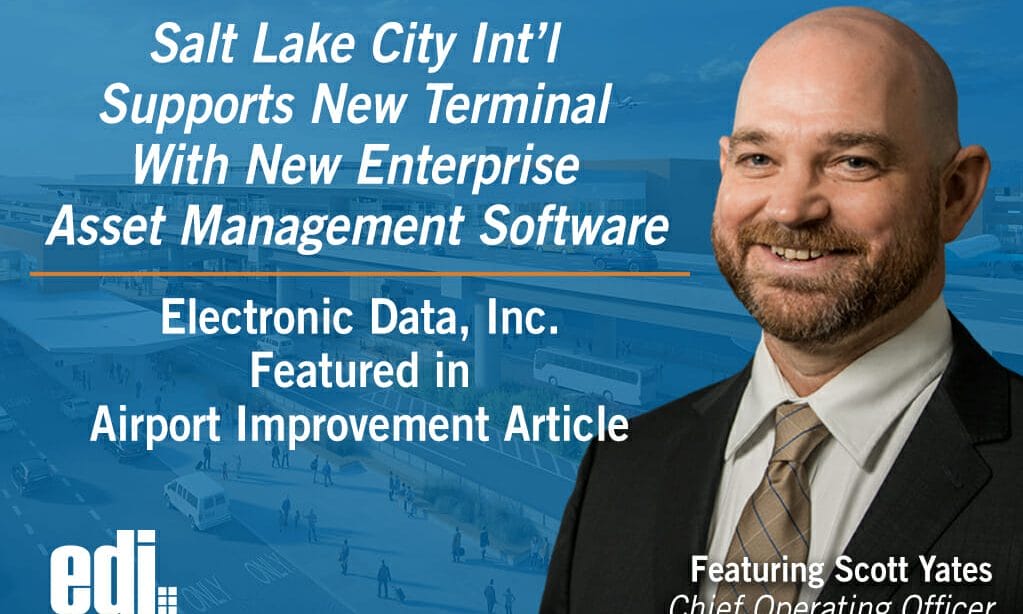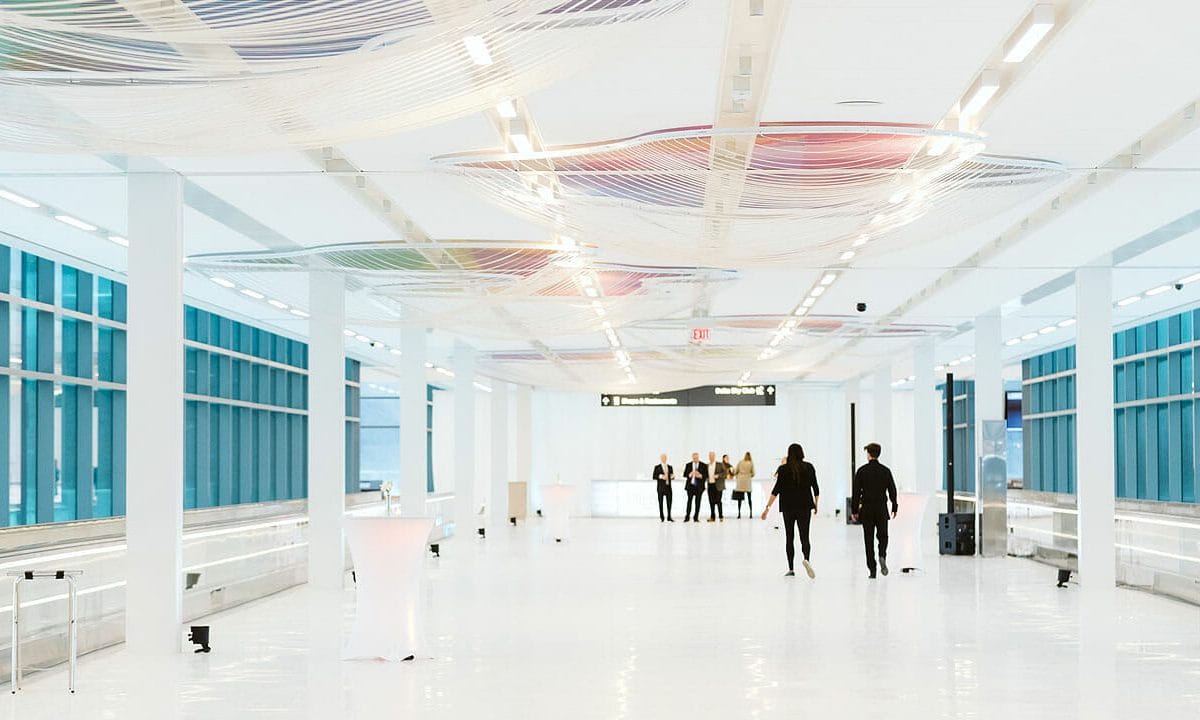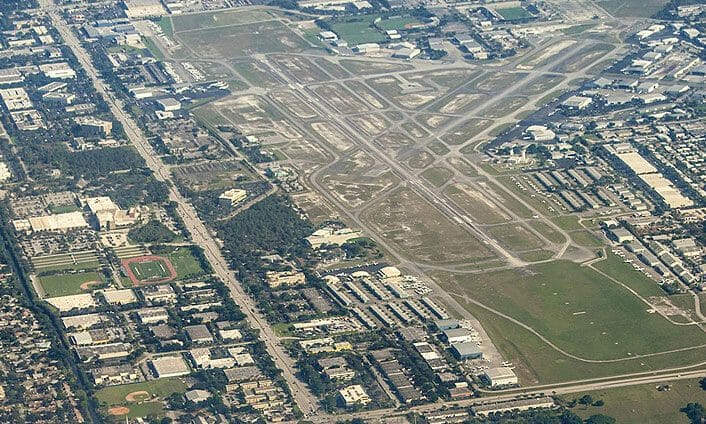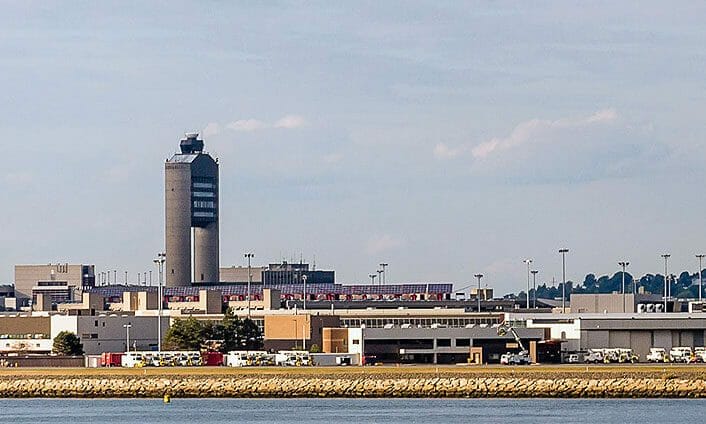NEWS AND INSIGHT
Categories
Tags
Recent Posts
How SLC Has Realized a 20% Backlog Improvement Per Shift with eSAM and Arora Atlas®
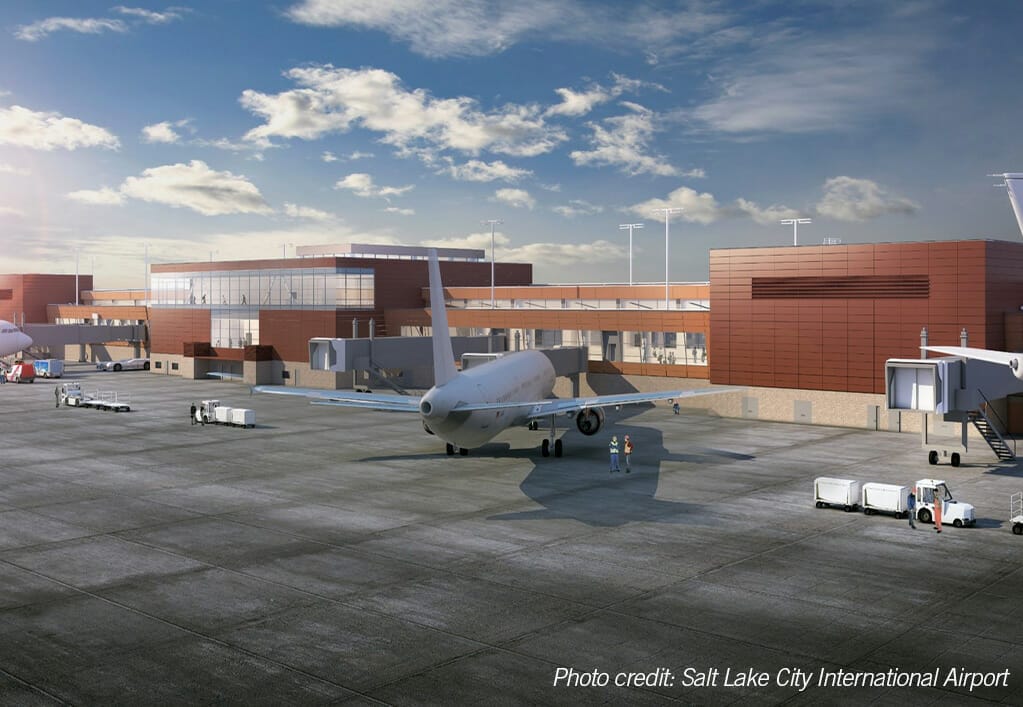
Salt Lake City International Airport (SLC) has consolidated three terminals into a new, single central terminal, thereby increasing annual passenger capacity by 50%. Kick-off to go-live of Maximo was achieved in less than 90 days, and SLC has not had to hire any additional maintenance staff to maintain the hundreds of additional assets.
This achievement was made possible by EDI, who implemented our Strategic Asset Management (eSAM) for airports Maximo EAM configurations, as well as the Fix, Inspect, and Request modules of the Arora ATLAS® mobile solition which integrate with Maximo to provide a seamless asset and data management system.
Download our infographic to learn how eSAM and ATLAS have allowed SLC to realize a 20% improvement of maintenance backlog per shift!




